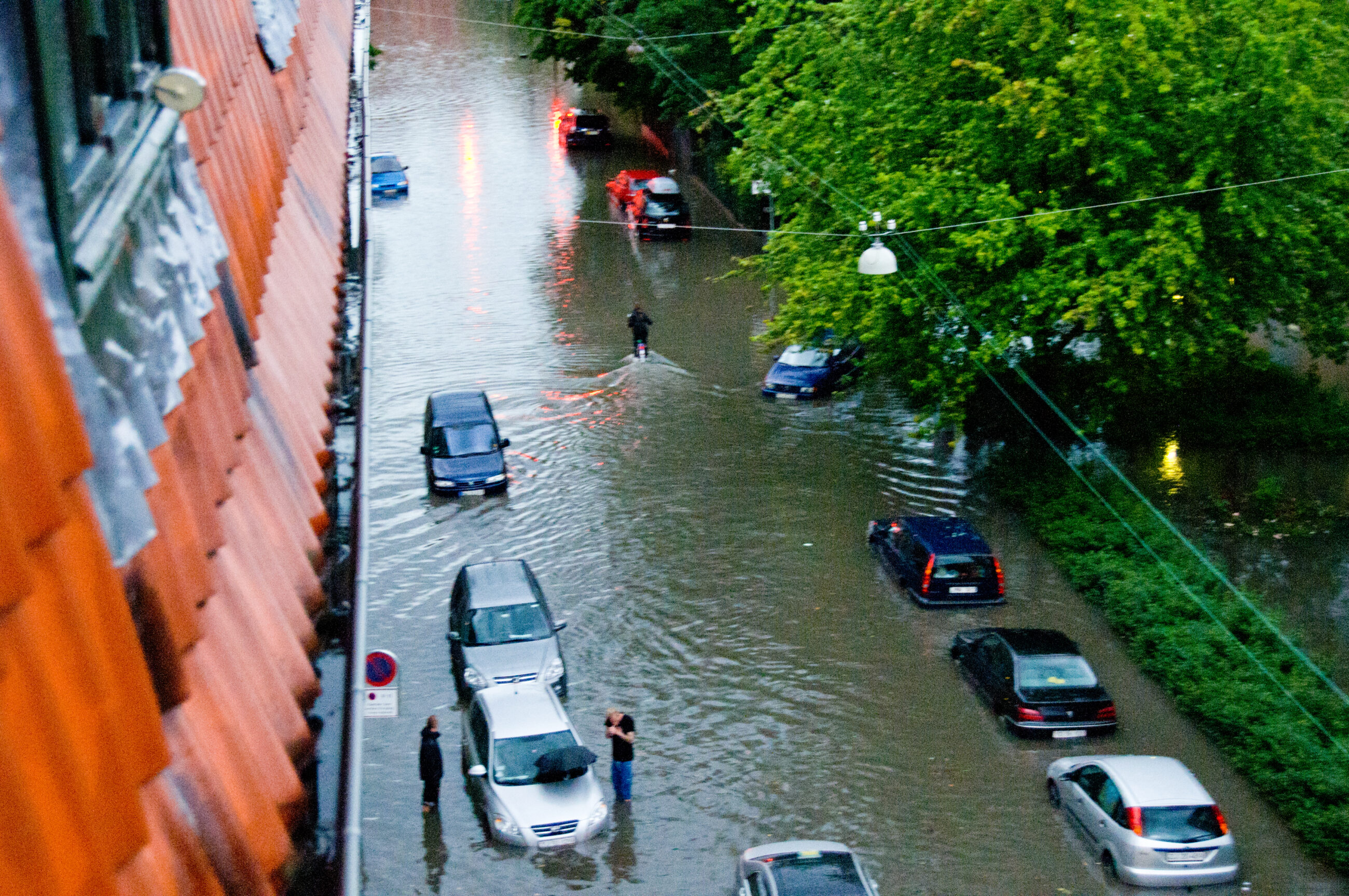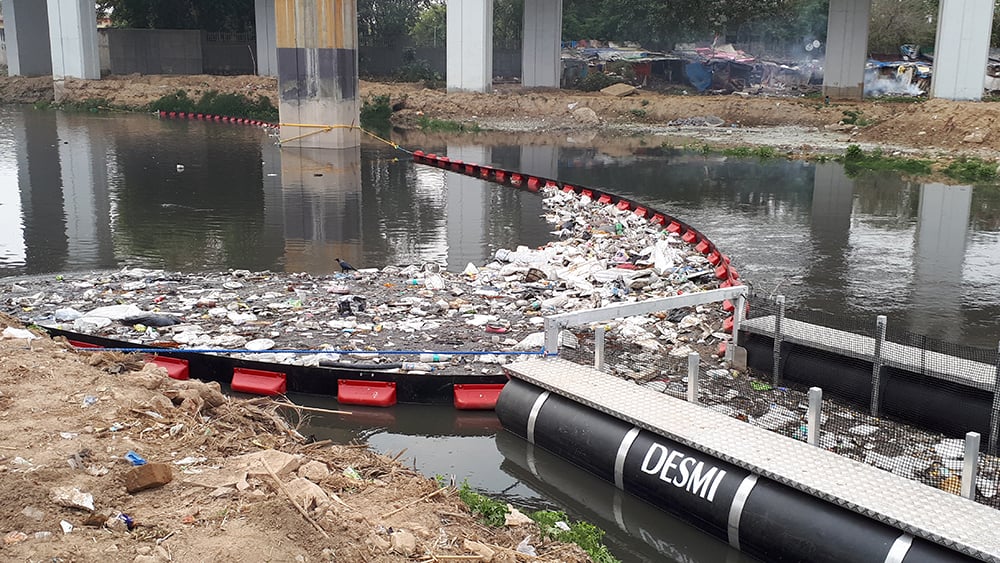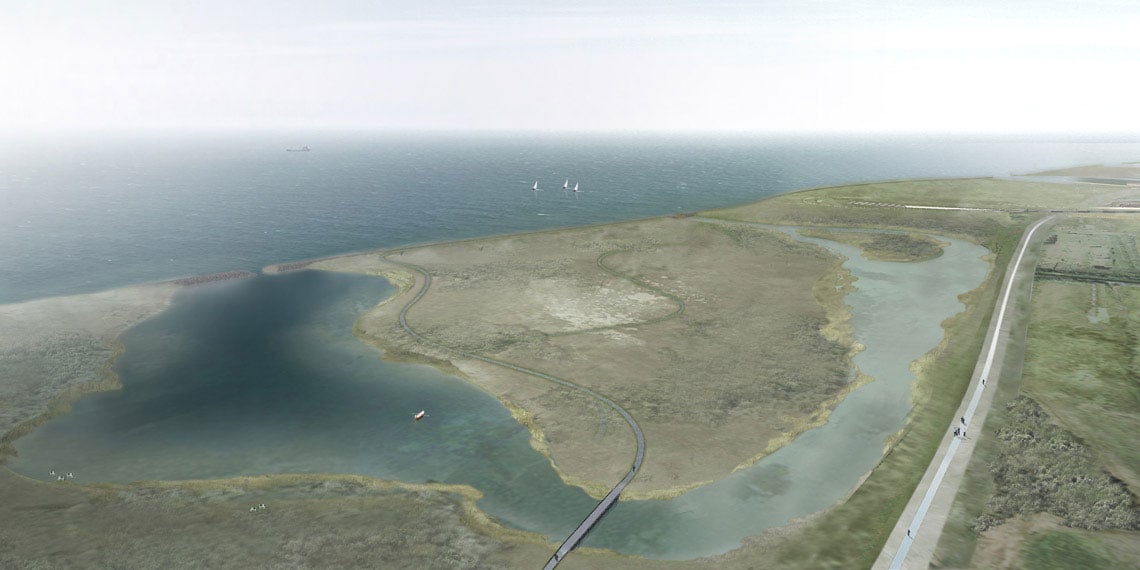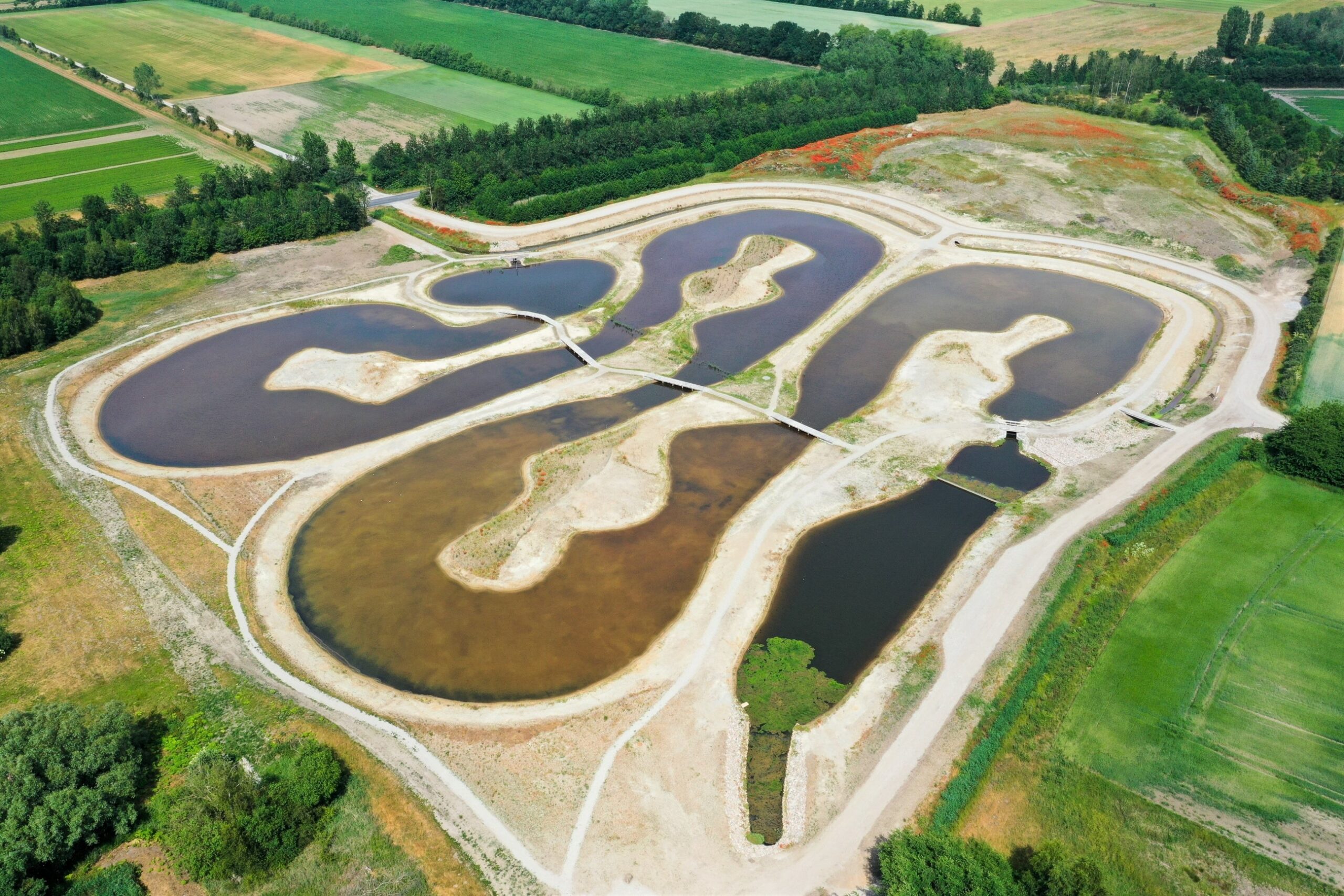News
Climate change adaptation
Coastal protection
Flood prevention
+2
Extreme Weather Has Been Expensive for Denmark


Surges, cloudbursts, torrential rainstorms and heat waves have cost Europe a total of EUR 453 billion in the period 1980-2017. Denmark's total loss in this period was almost EUR 10.5 billion. That is significantly less than large countries such as Germany, Italy and France. However, when measured as the largest cost per capita, the result is quite different, writes the Danish newspaper Berlingske.
The Danes lost EUR 1,942 per inhabitant, only surpassed by the Swiss at EUR 2,612 per inhabitant. Measured by area, Denmark came in as number four with a loss of EUR 0.25 million per square meter – surpassed by Switzerland, Luxembourg and Germany. This is stated in a new report by the European Environment Agency, which is based on figures from the database NatCatSERVICE, run by Europe's largest reinsurance company, Munich Re.
Three extreme weather events place Denmark in the top
'Munich Re' states that Denmark's high ranking is due to three out of 34 extreme weather events, which Denmark faced from 1980 to 2017.
The first is the December hurricane in 1999, the worst hurricane that has ever been registered in Denmark. Seven people lost their lives, while 800 people were injured, and the cumulative loss was over EUR 2.3 billion. This event was followed by the January storm in 2005 with the cumulative loss of EUR 1.15 billion.
-Related solution: Adapting to the future climate
Finally, the massive cloudburst in the Copenhagen area in 2011 ended up with costs around EUR 1.6 billion, making it the most expensive natural disaster in Europe that year.
The reason why these extreme weather and climate events have been so expensive for the Danes can be found in the large cities’ placement near the waterfront.
"We are very wealthy in Denmark, and at the same time, we have chosen to settle by the water, often in very low lying areas. This means that we risk major losses in the event of flooding. We saw this clearly in connection to the cloudburst in 2011, which hit the wealthiest part of the country, particularly the Copenhagen area, and resulted in great losses,” said Torben Weiss Garne, Deputy Director of Insurance & Pension Denmark.
Planning for a future with more extreme weather events
The insurance sector also predicts that the future will bring more extreme weather events to Denmark. However, to a large extent is it possible to solve this challenge before it occurs.
"It is important to create incentives for building sensibly. We are already implementing this in our new buildings in the Greater Copenhagen area, but we also have large, environmentally vulnerable areas, where not much has been done to secure the coastline. The coast north of Copenhagen by Strandvejen is, for instance, a place with a very large value, which we have not protected yet. And the city of Roskilde has not been protected either," said Torben Weiss Garne.
-Related solution: Climate adaptation at Bryggervangen and Skt. Kjelds Square
However, the municipalities and the Danes in the areas that are vulnerable to extreme weather events have learned from the Copenhagen cloudburst in 2011, according to Communications Manager Jens Langergaard from Denmark’s second largest pension company, TopDanmark.
"Climate adaptation has already begun. 2011 was a wake-up call to the municipalities and the Danish government that showed them that this is not something that the individual homeowner can solve. Therefore, a number of initiatives have already begun. At the same time, the Danes have become more attentive of not keeping values in their basements, and building water-resistant basements as well, " said Jens Langergaard.
"Of course it is hard to tell whether we are in front or behind the development. We will only know this when extreme weather occurs, and we have not experienced that since 2011. But we have seen smaller, local cloudbursts in recent years, where it has been clear that the extent of the damage was not as severe as in 2011," he adds.
Source: Berlingske
You should consider reading
publications
Resource efficient production
+15
















